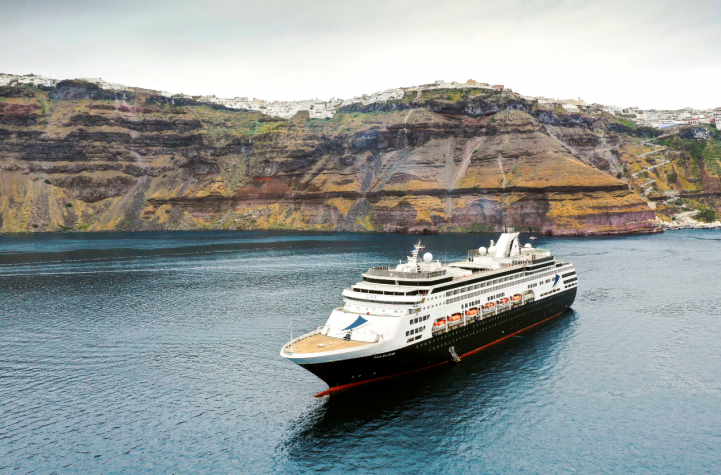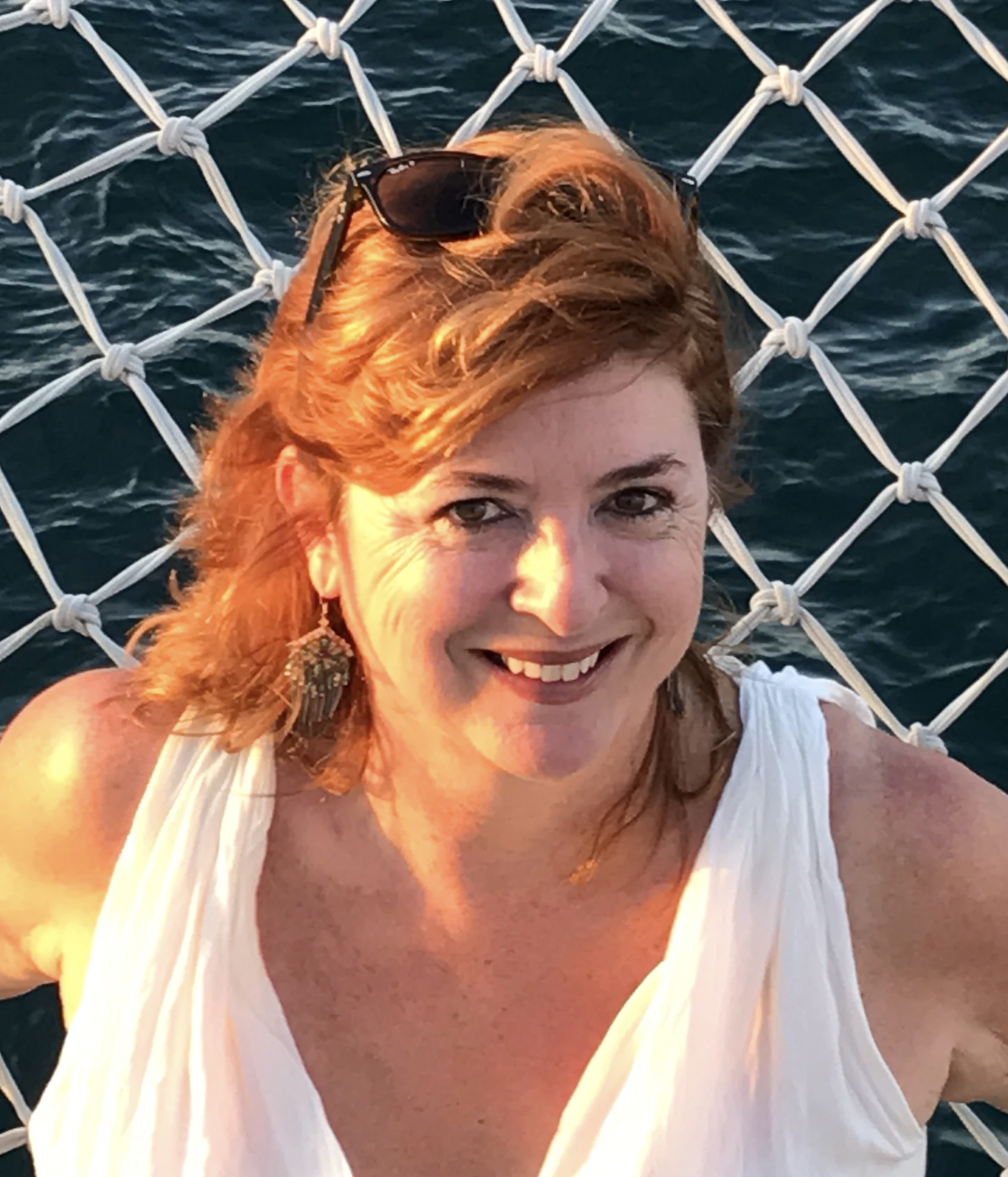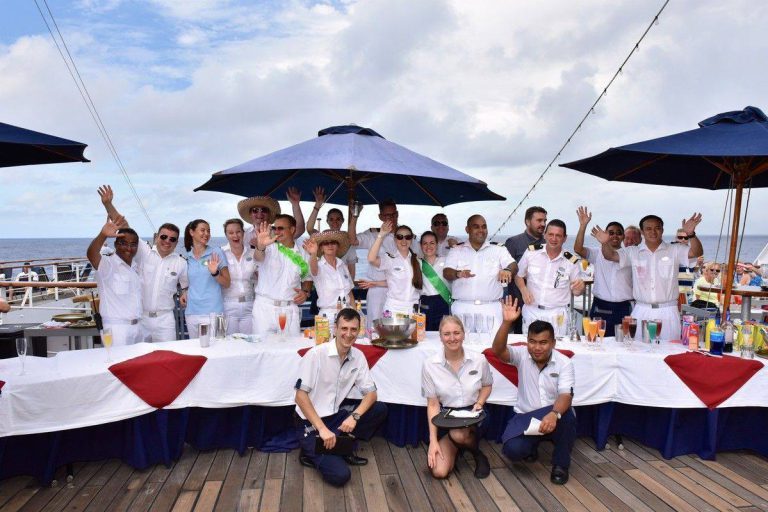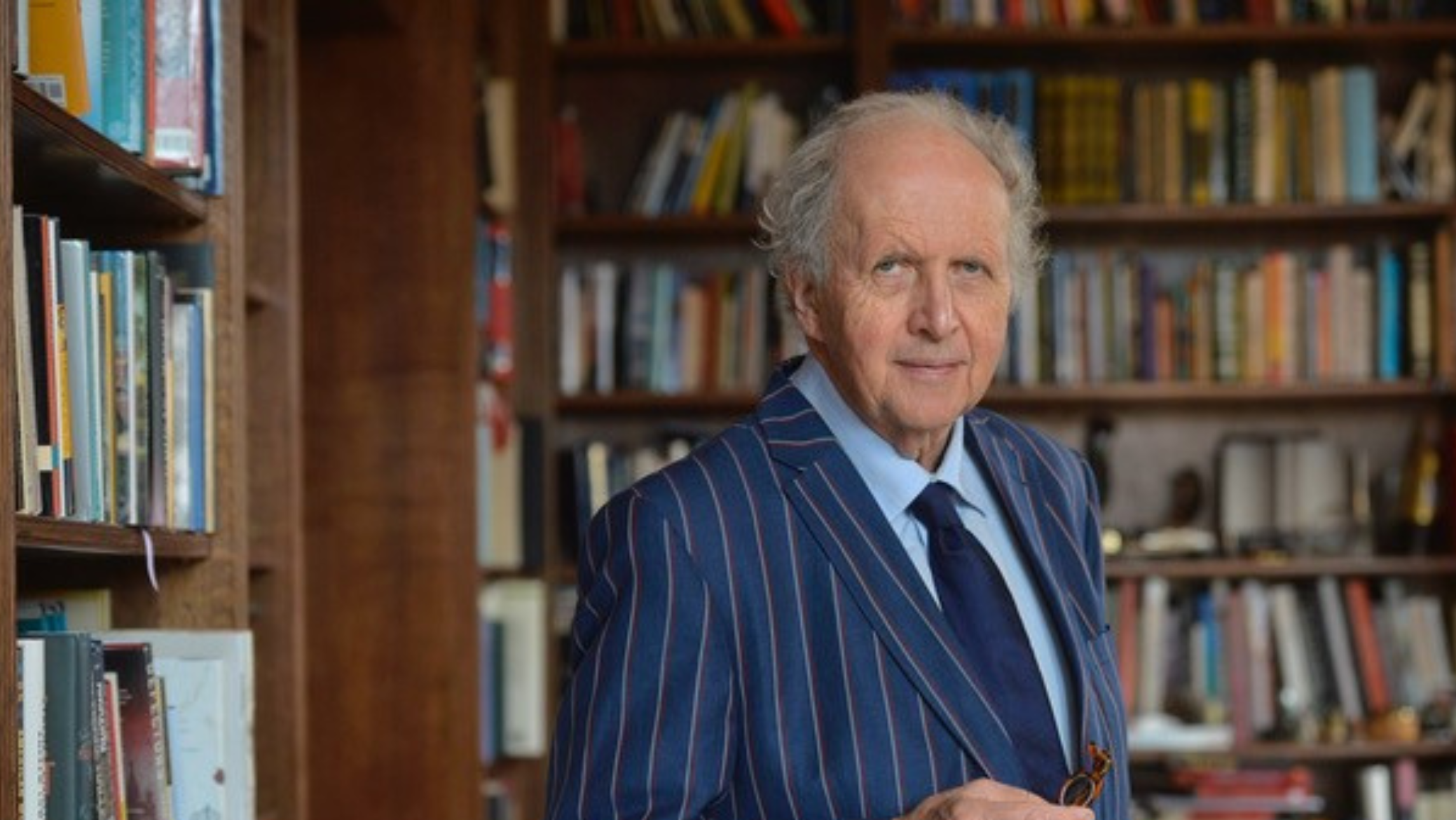The demise of Cruise & Maritime Voyages this week sees the end of an era of affordable, locally-based cruising.
The British line’s ships may have been ageing and lacking in modern-day gimmicks, but they filled a niche – and had a loyal following.
For Australians, CMV was a chance to give cruising a try with minimal outlay, taking off on a cheap, four-day mini-break from Sydney to Adelaide, or a weekend away on Kangaroo Island. Discounts and BOGOFs were the order of the day, even on the longer, trans-continental repositioning voyages to Europe.
But nobody was prepared for a global shutdown of cruising. Despite healthy forward bookings and excitement surrounding the imminent arrival of two new ships, Amy Johnson (P&O Australia’s former Pacific Dawn) and Ida Pfeiffer (the re-named Pacific Aria), last minute rescue talks fell through.
 The failure of any cruise line is sad but what’s frustrating is the fact that CMV had a lot going for it. Some of its ships were real classics. Marco Polo was built in 1965 as Alexander Pushkin, at the time one of the world’s fastest and most prestigious liners. Vintage vessels like this had real nostalgic appeal and a fan base that didn’t mind dodgy plumbing and dated décor.
The failure of any cruise line is sad but what’s frustrating is the fact that CMV had a lot going for it. Some of its ships were real classics. Marco Polo was built in 1965 as Alexander Pushkin, at the time one of the world’s fastest and most prestigious liners. Vintage vessels like this had real nostalgic appeal and a fan base that didn’t mind dodgy plumbing and dated décor.
Newer additions to the fleet, like Vasco da Gama (P&O Australia’s former Pacific Eden) for Australians and Columbus for Brits, played a different role, introducing cruising to a younger market; couples and groups of friends in search of a no-frills break with sensibly-priced booze and included meals. The original British model of local, no-fly departures from regional ports translated well to Australia, too, with voyages from Brisbane, Melbourne, Sydney, Adelaide and Fremantle.
What appealed most was the lack of pretension. There was no pushy selling of art auctions and spa treatments. The entertainment was basic. The requirement to dress up for the Captain’s cocktails on longer cruises was unthreatening, with many sartorial variations.
Elements of the experience punched above their weight, not least the food. On Columbus, I enjoyed the best curry I’ve had at sea, an Indian chef tending an authentic tandoor oven on deck to create miraculously fluffy naan bread and tender chicken.
What was always going to be difficult, though, was adapting old ships, that typically relied on sailing full, to social distancing. With a labyrinth of inside cabins and a high density of passengers and crew, sailing at 50 or 60 per cent capacity would always have been challenging. So would selling the long ocean passages on Vasco da Gama and Amy Johnson as they positioned between Britain and Australia.
What’s saddest about CMV’s demise is that it offered something different in today’s world of cookie-cutter ships and predictable itineraries with its personality, its pricing and its great variety of routes. For Australians, New Zealanders and Brits alike, there really is nothing waiting to fill the void.











A sad demise of a comfortable, welcoming cruise line and their wonderful crews. How we will miss them !!!!! We have cruised with them on the Columbus and the Astor from the UK to Oz. What wonderful memories.